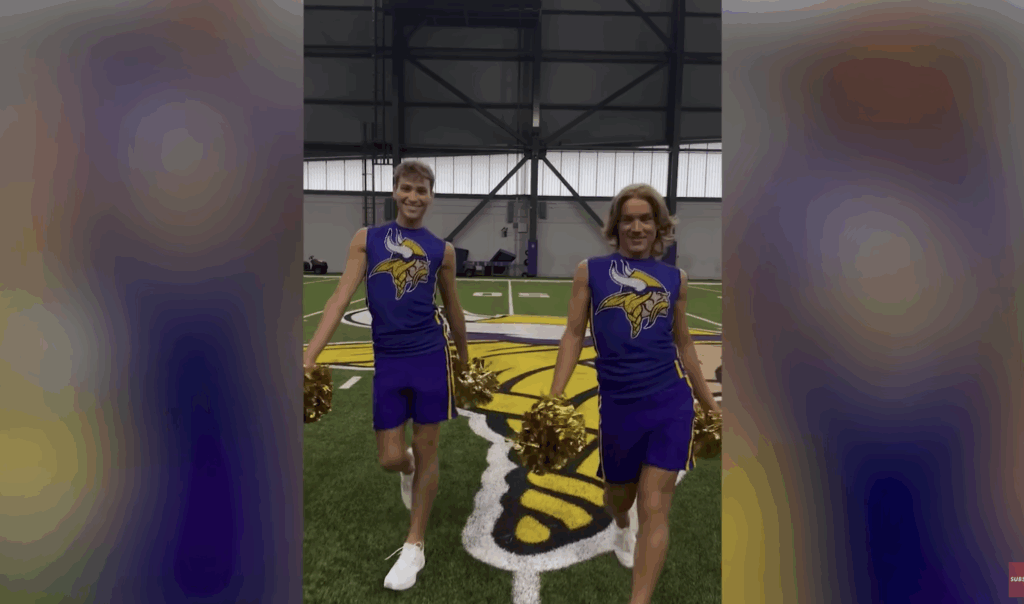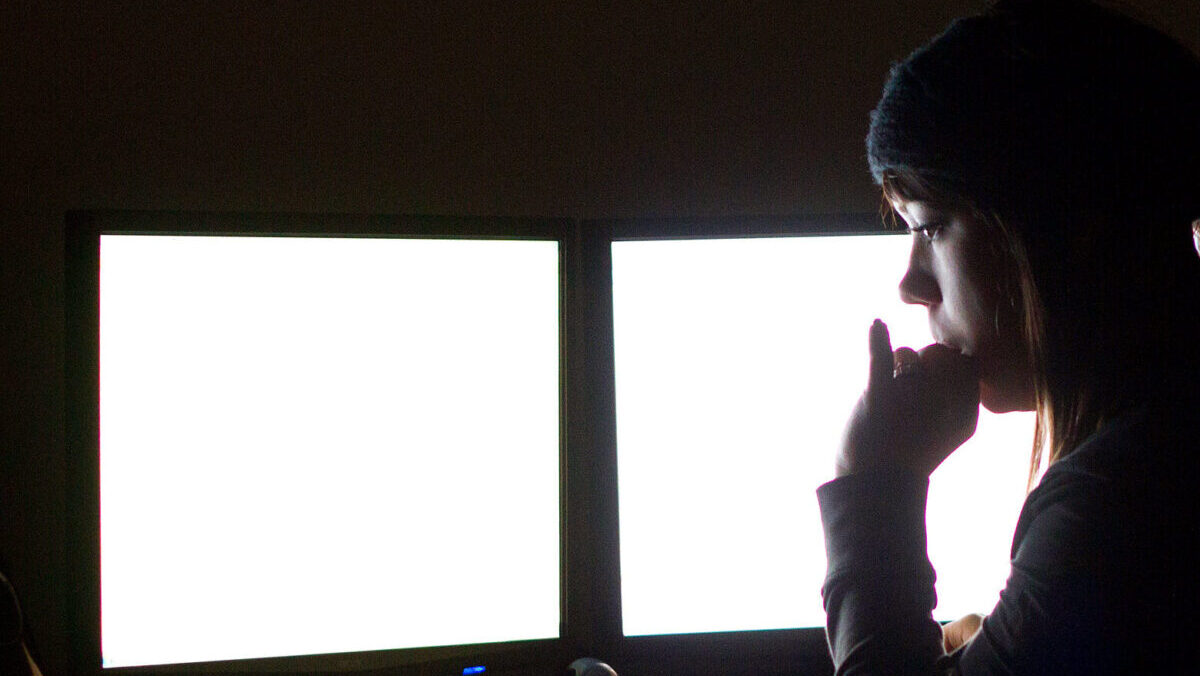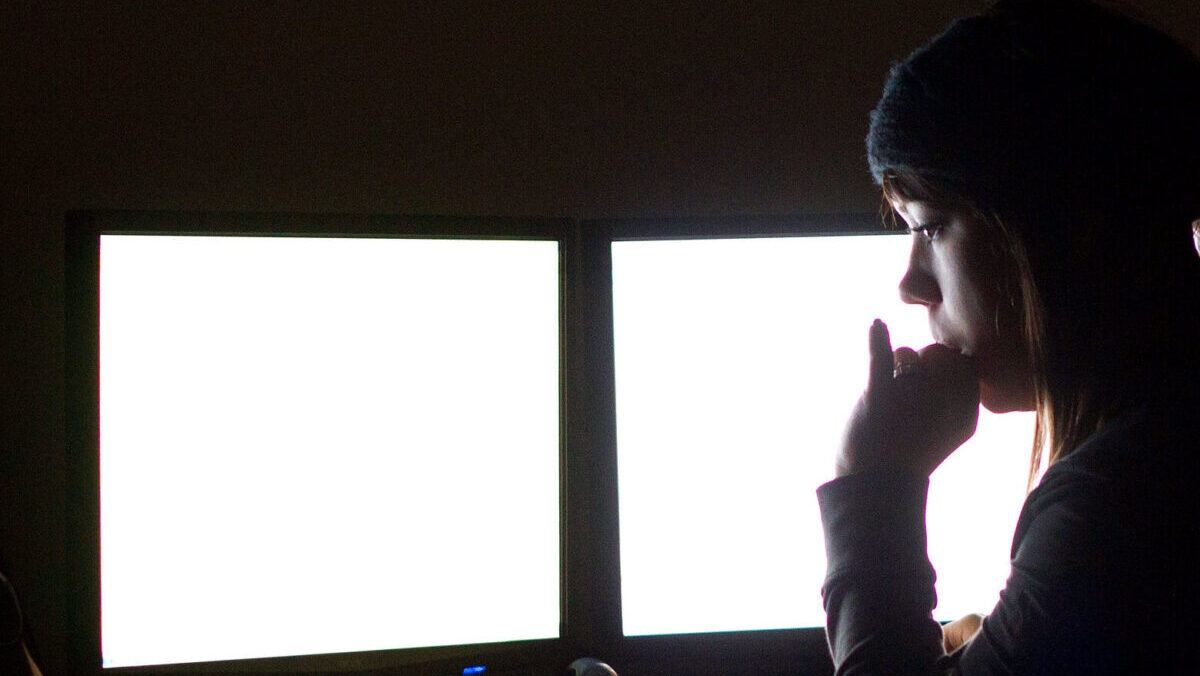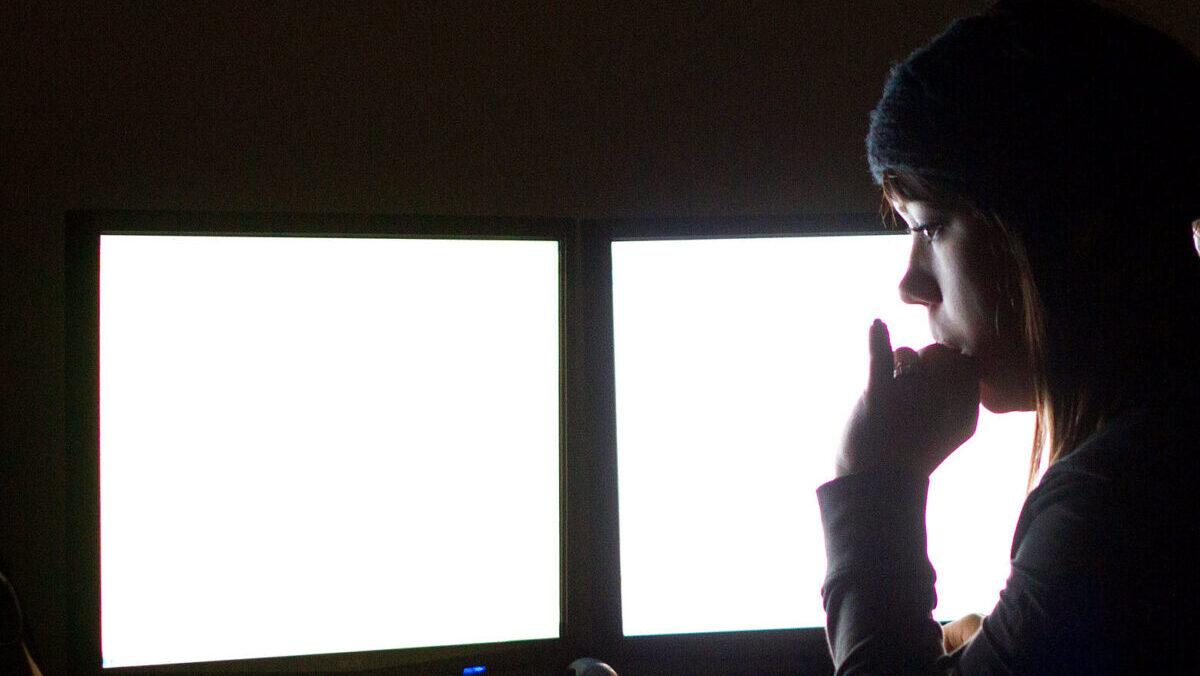A recent video featuring a male cheerleader dancing alongside the Minnesota Vikings cheer squad has sparked significant debate on social media, with many users expressing discomfort and criticism. This response comes amid a perceived decline in what some refer to as the ‘Corporate Wokeness Epidemic,’ leading to a backlash against the NFL’s promotion of pro-LGBT initiatives.
Critics of the cheerleader’s performance argue that it exemplifies an unwanted push of LGBTQ representation in spaces traditionally reserved for sports fans. Emily Leibert of The Cut labeled the critics as ‘the most fragile members of the NFL’s fanbase,’ while Joe Nelson of Sports Illustrated condemned the ‘hate and disrespect’ directed at the male cheerleaders. Supporters of the cheerleader contend that the backlash reflects a broader issue of bigotry towards gay men.
The reaction to the cheerleader’s performance has raised questions, particularly among women who may struggle to understand the male perspective on flamboyant displays of homosexuality. Many women express confusion over why men react negatively to such performances, especially when they do not have similar reactions to women engaging in masculine activities.
However, the comparison between gay men and lesbians may overlook fundamental differences in how men and women perceive their sexuality. Men often view homosexuality through a lens of traditional gender roles, where male sexuality is characterized by pursuit and dominance, while female sexuality is often seen as alluring and receptive.
This distinction may explain why some men find the performance of a gay man in a traditionally feminine role unsettling. The discomfort arises not from the act of cheerleading itself, but from the perception that the male cheerleader is adopting a sexualized female persona, which some men find objectionable.
In the context of sexual slurs, the terminology used among men and women further illustrates this dynamic. The most derogatory term for a man is often ‘fag,’ while for women, it is ‘slut.’ This suggests that male homosexuality and female promiscuity are viewed as inversions of traditional sexual roles, leading to discomfort among those who value conventional gender norms.
The objection to the male cheerleader’s performance can be understood as a reaction against the sexualization of male figures in a space that is predominantly male-oriented. NFL cheerleaders are often seen as symbols of male desire, and when a man performs in a similar manner, it challenges the established norms of the environment.
For many men, the presence of a male cheerleader performing in a sexualized manner disrupts their experience of enjoying a sport that they associate with traditional masculinity. This reaction can be likened to a woman feeling uncomfortable when a female-oriented space is invaded by representations of female sexuality that they find distasteful.
In conclusion, the backlash against flamboyant displays of homosexuality in traditionally male spaces highlights the complexities of gender and sexual identity. Understanding these dynamics may help bridge the gap between differing perspectives on performance and representation in sports culture.
READ ICE Arrests Convicted Criminals in Nationwide Operation



